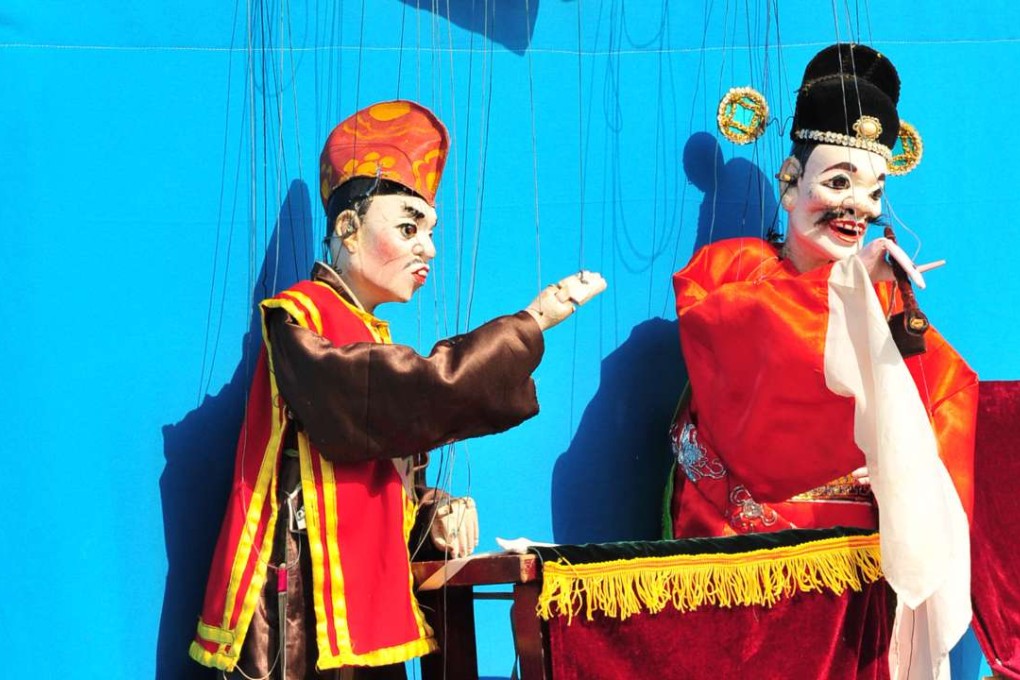Pulling strings: Chinese marionette tradition lives on in Xiamen
Traditional troupes, such as the Quanzhou Puppet Troupe, perform for visitors and for gala events at the birthplace of Chinese puppeteering

Xiamen expresses China’s modern-day split between hyper-modern and staunchly traditional like few other Chinese cities can.
The city’s location and traditional role as the “doorway to China” led to Xiamen being always at the forefront of change and adaptation. Overseas Chinese ensured that the best of what they encountered abroad would eventually make it back to the hometown.
The clearest example of that today is the cityscape, especially at night. Xiamen’s clean, slick streets and buildings rub off on the people, who are connoisseurs of the finer things in life, be they a fine seafood meal, a bottle of wine, or the beautiful décor of an avant-garde café.
At the same time, the strength of the city’s community lies in its ability to make history thrive today through living examples of traditions long sacred to the people of this region.
For example, Amoy, as the region in and around Xiamen is known, is considered throughout China and internationally to be the birthplace of the Chinese marionette. Hundreds of small and large puppet troupes operate out of Xiamen, Gulangyu Island and the city of Quanzhou, just a few minutes’ drive away. The puppets are extremely expressive and complex, with the ability to display a range of characters and even, in some cases, play musical instruments.
The marionette has been part of Chinese entertainment for millennia, starting as humble shows in the countryside and progressing into an art form for wealthy aristocrats, emperors and eventually foreign audiences. The puppets have as many as 36 different strings of varying lengths – as long as two metres in many cases – and mastering the art of puppeteering can take a lifetime.
